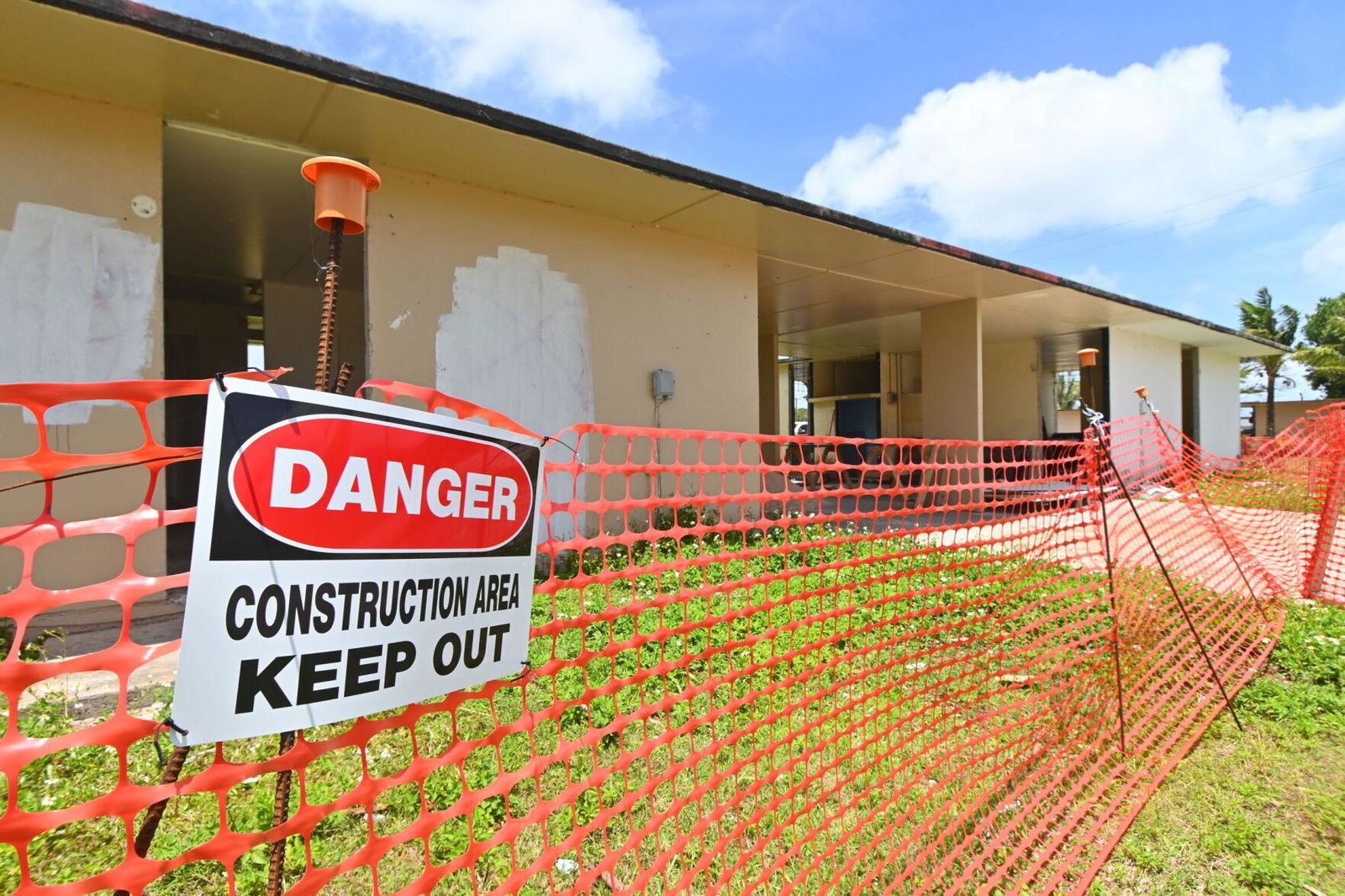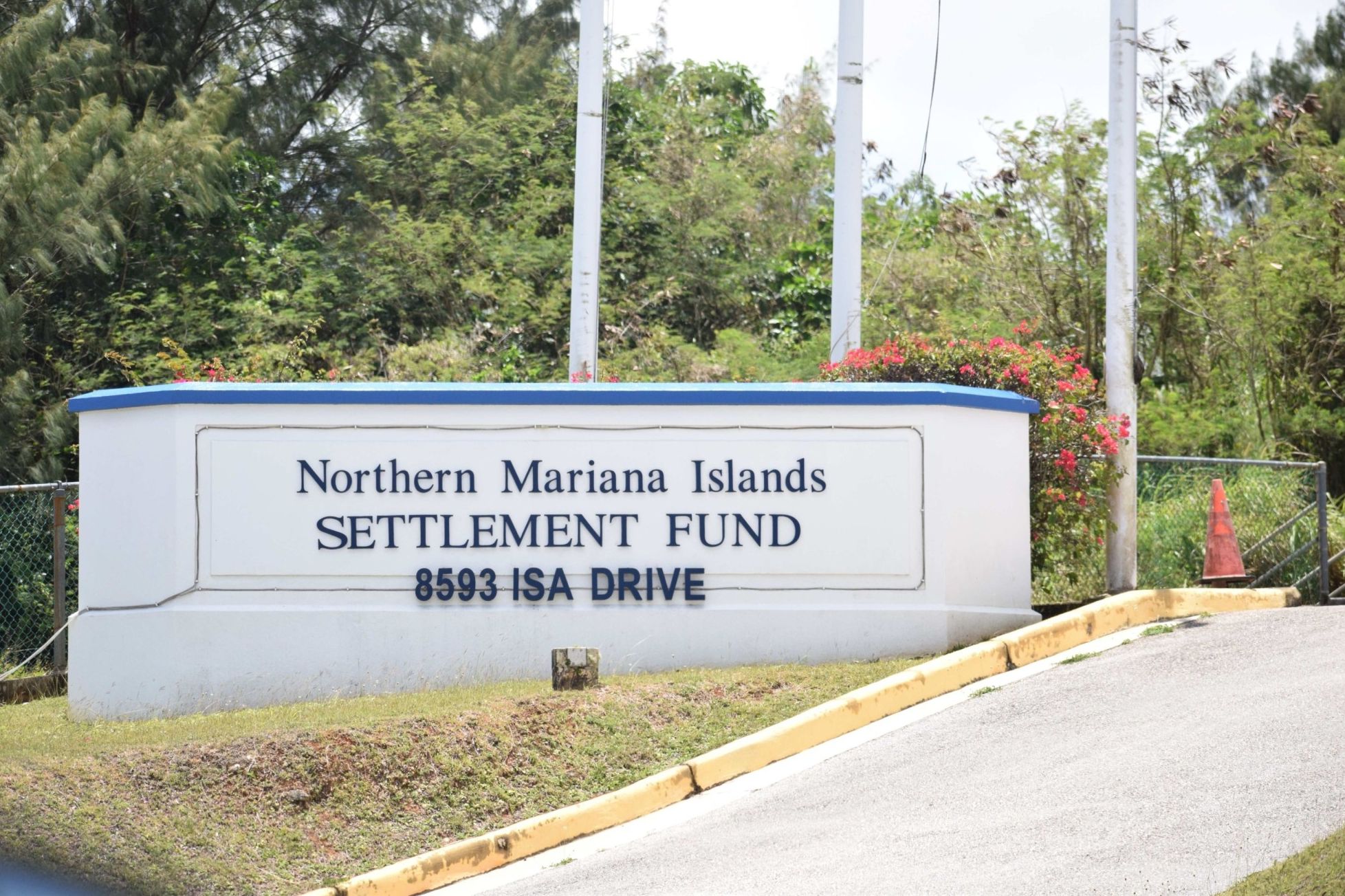HAGÅTÑA (The Guam Daily Post) — If you’re looking for an affordable home on Guam, you’ll quickly find that options are limited and a decent home will cost upward of $300,000. Experts agree that gone are the days of finding a good home below $200,000.
Elizabeth Duenas, president of the Guam Association of Realtors, said Tuesday during the Guam Housing Symposium, that there are 196 homes on the market. Half, or 98 of them, are under contract, pending closing on the sale.
Only 24 homes listed Wednesday on the multiple listing service were priced below $400,000. The lowest-priced standalone house on the list is offered at $273,000 for 850 square feet.
The road to buying a home can be quite an adventure, between searching for a home and finding the right financial institution to finance the purchase. But buying a home that’s affordable is a challenge in a seller’s market.
Siska Hutapea, president of CornerStone Valuation Inc., gave the lay of the land of the real estate market over the past 23 years. In total, between 544 and 1,213 sales of residential units have closed on Guam. The annual median over the years has been 838 home sales.
“Of these sales in 2021, about 864 are single-family dwellings, 359 were condominium units. Our market is fairly small and any additional units disrupt the market fairly quickly. Hence, the most successful developments are done in phases,” Hutapea said.
The most recent subdivision development, for example, is Paradise Estates. It has 380 units and it was built in phases, she said. Building this way provides time for the market to absorb the supply.
In 2003, when many Guam residents made an exodus from Guam to the U.S. mainland, Hutapea said, the median price for homes at the low end of the market was $115,000.
“Fast forward to 2021, the median price is at $380,000,” Hutapea said. “Many people put their money where real estate is. Low interest rates are also pushing affordability up and with majority of buyers in Guam utilizing the (Veterans Affairs) loan with no money down and closing costs rolled into the mortgage, the price skyrocketed.”
She said limited new supply and high construction costs with tedious permitting processes have prevented new supply from entering the market and matching increased demand.
“One thing that we need to look at in the median price is condominiums at $269,000. My advice to new young couples that are thinking of getting into the real estate market is to start with the condominium market because it’s still affordable for some of the condominium units,” Hutapea said.
The cost of building a new home is not any cheaper. New house building permits since 1999 have ranged from $143 to $550 a square foot, with the median at $272.
“Just imagine that there are only 300 units added annually to the supply in Guam’s market, mostly owner-occupant, but some are for sale. What these numbers do not show is the increase in construction costs,” Hutapea said.
A person used to be able to build a home for $100 to $120 per square foot, but, in today’s market, it averages over $200 per square foot.
In 2013, 23 houses sold at $550,000 and above. Fast forward to 2021, 219 units out of 864 sold that year for that same price or higher.
“I mean, it’s really hard for a developer to build houses and try to sell them in the market because the cost alone is already at $200 per square foot, and if you have a 2,000-square-foot house times $200 per square foot costs, that’s already at $400,000,” she said.
This cost does not include purchasing the land to build on or other indirect costs. Interest rates, although low, have started climbing.
“The low interest rate was one of the major factors in the price increase, note the strong correlation here between the price increase and the median prices of houses here on Guam and the interest rates decrease.”
Market participants are actively watching this because, according to Hutapea, as of April 4, the 30-year interest rate for mortgages is at 4.25%.
“I calculated that for a $520,000 house, a 100 basis point increase in interest rate would reduce affordability by about $60,000, so those people who used to be able to afford a $520,000 home with 3% interest rate would only be able to afford a house at $460,000,” she said.
But, there are initiatives on island to help families afford a home, such as the Low-Income Housing Tax Credit program. There are approximately 1,200 units built through the program. But, it’s not enough, Hutapea said.
“To tell you the truth, when I first heard about LIHTC, I was skeptical because the money upfront that the developers are getting required a large amount, now that I have seen the project going, like Ypao Road, Ironwood Heights, one can rent for about $600 and the low-income families are able to raise their children in a very nice quality development,” she said.
Unfortunately, the rise in construction costs is a challenge, she said.
“With the roughly $20 million tax credits annually, they used to be able to bring in 100 units, but, as the construction costs rise, the number of units that can come into the market is less and less,” she said.
With the high costs of homeownership, many island residents took the leap and relocated off island in search of more affordable housing. According to Hutapea, Guam is rated as severely unaffordable for housing costs.
“Divide the median house price by the median household income to determine if the range is affordable,” she said. “If the score is 3 and under, then it’s affordable and if it’s 5.1 and above, it’s severely unaffordable. Guam scores 5.3 — severely unaffordable.”
The score is comparable to housing prices in Jacksonville, Florida.
The issues that challenge affordability on the island are complex, and as Hutapea pointed out, some of the issues are within Guam’s control, while others aren’t.
“We cannot control supply disruption and material prices, we cannot control interest rates. What can we control? That was the basis of my thinking in bringing these ideas to bridge the gaps for sustainable tomorrow and the housing market.”
One idea Hutapea raised, to make housing more affordable, is to empower landowners to build homes.
“It’s to have five different models of building permits with a floor plan, ready to build, and have this available for local landowners who want to build a house and they can do self-construction. That’s how I think we can empower people who already own land to construct their own unit,” she said.
She also stressed that Guam has a surplus of untapped land, one-third is owned by the government of Guam, the federal government owns a third and private ownership holds the remaining third.
Hutapea suggested that GovGuam make use of the land in its possession to develop more affordable housing units for low-income families to rent.
She also suggested that developers be offered incentives and tax breaks so homes can be constructed and listed at affordable prices.
“Like, a mortgage credit certificate that will enable increasing affordability in buying a house, this will help the developer deliver a more affordable product,” Hutapea said.

Renovation continues on houses in the Lada Gardens low-cost development, as seen April 5, 2022 in Dededo, Guam to help provide affordable housing on the island.











